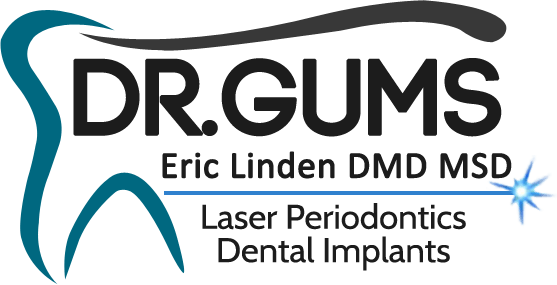CHICAGO – March 30, 2004 – Many women report an increase in gingival inflammation and discomfort associated with their menstrual cycle, according to findings published in the March Journal of Periodontology. This is the first time this well-known phenomenon has ever been studied. Study Abstract *
“What we found is that several women reported considerable oral symptoms prior to menses,” said Eli E. Machtei, D.M.D., Unit of Periodontology Department of Maxillofacial Surgery, Rambam Medical Center and Technion Faculty of Medicine.
The symptoms included a slight burning sensation, bleeding with minor irritation, redness to the gums, oral ulcers and general pain and discomfort in the gums.
In this study, researchers compared the gingival and periodontal status of 18 premenopausal women between the ages of 20 to 50 years at different time points of their menstrual cycles. The time points were ovulation, premenstruation and menstruation. During the examination, researchers measured plaque index, gingival index, probing depth, gingival recession and clinical attachment level.
“Gingival inflammation was lower during menstruation than during ovulation and premenstruation,” said Machtei. “This may be attributed to the hormone known as serum estradiol, which is a natural form of estrogen that peaks and drops during ovulation and premenstruation.”
“Further studies will be required to explore the mechanism by which this phenomenon occurs, and to examine whether these transitional changes have any lasting negative effects on the periodontium,” said Michael P. Rethman, DDS, MS, and president of the American Academy of Periodontology. “In the meantime, patients should remember the importance of telling their dental professionals about what is going on in their bodies including any prescription or over-the-counter medications they are taking. This way dental professionals can explain any effects it has on periodontal health.”
A referral to a periodontist in your area and free brochure samples including one titled Women and Periodontal Disease are available by calling 800-FLOSS-EM or visiting the AAP’s Web site at www.perio.org.
About the AAP
The American Academy of Periodontology (AAP) is the professional organization for

